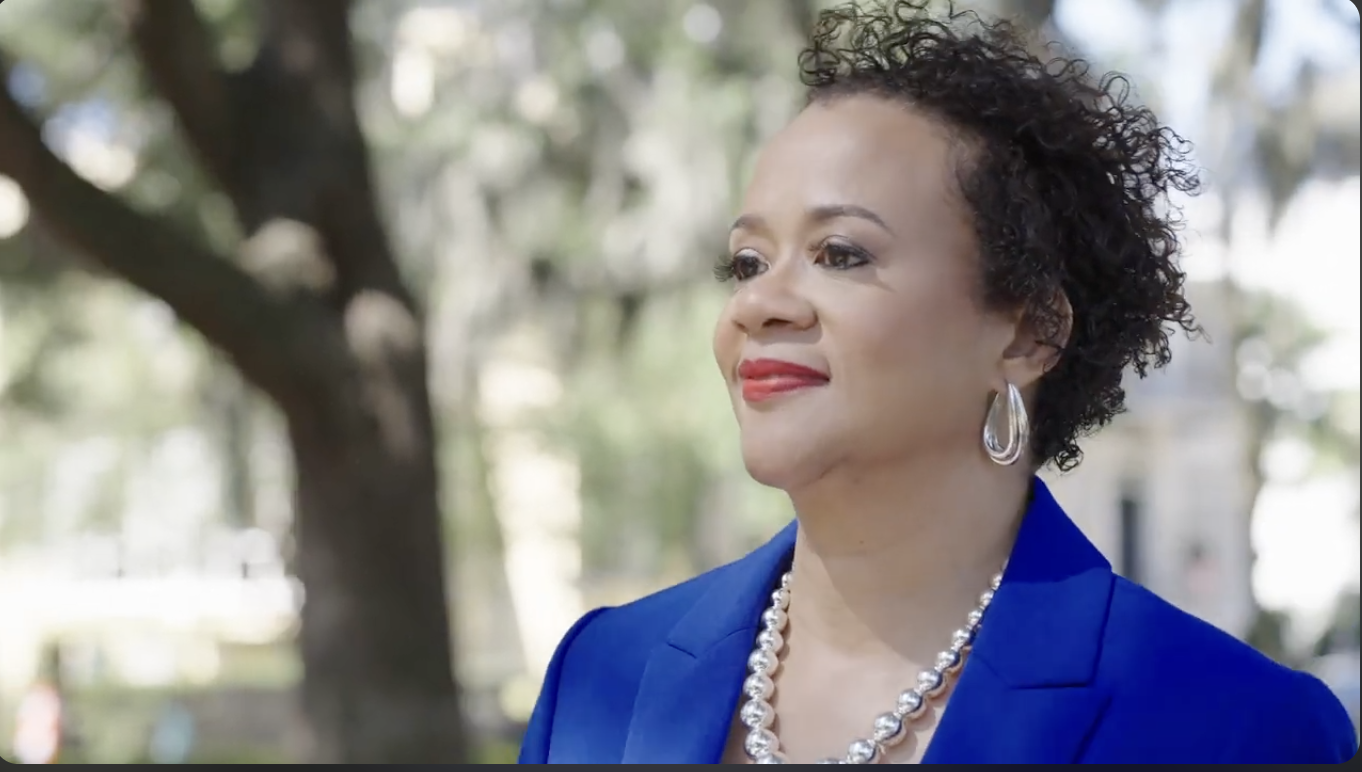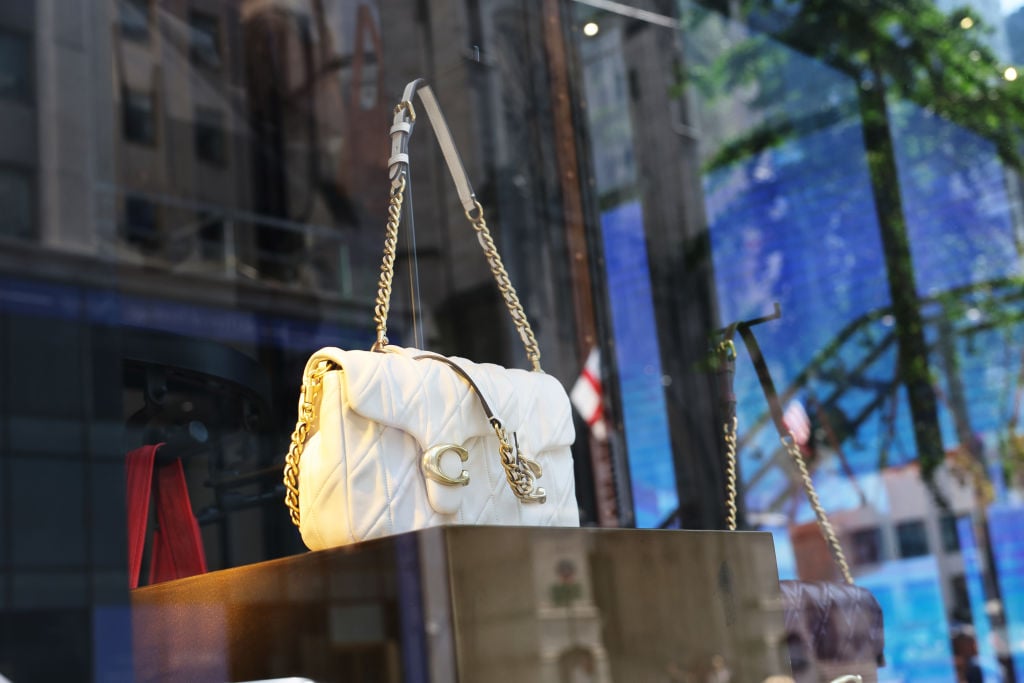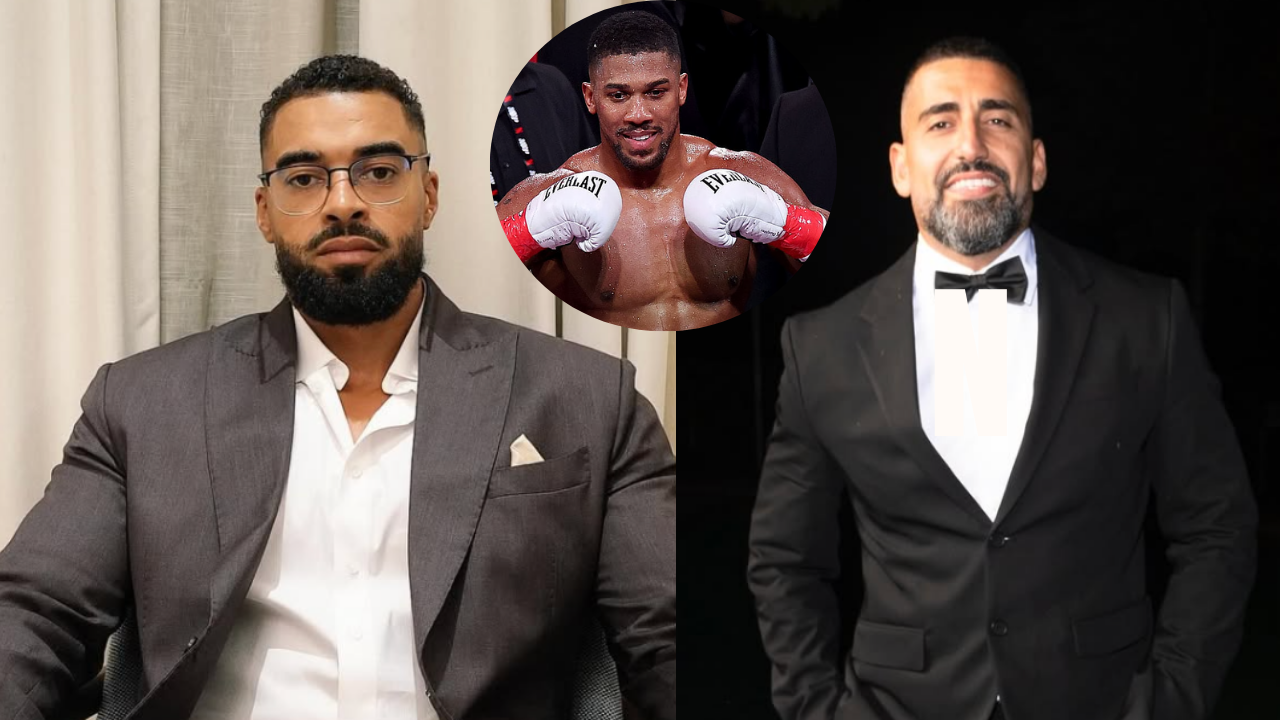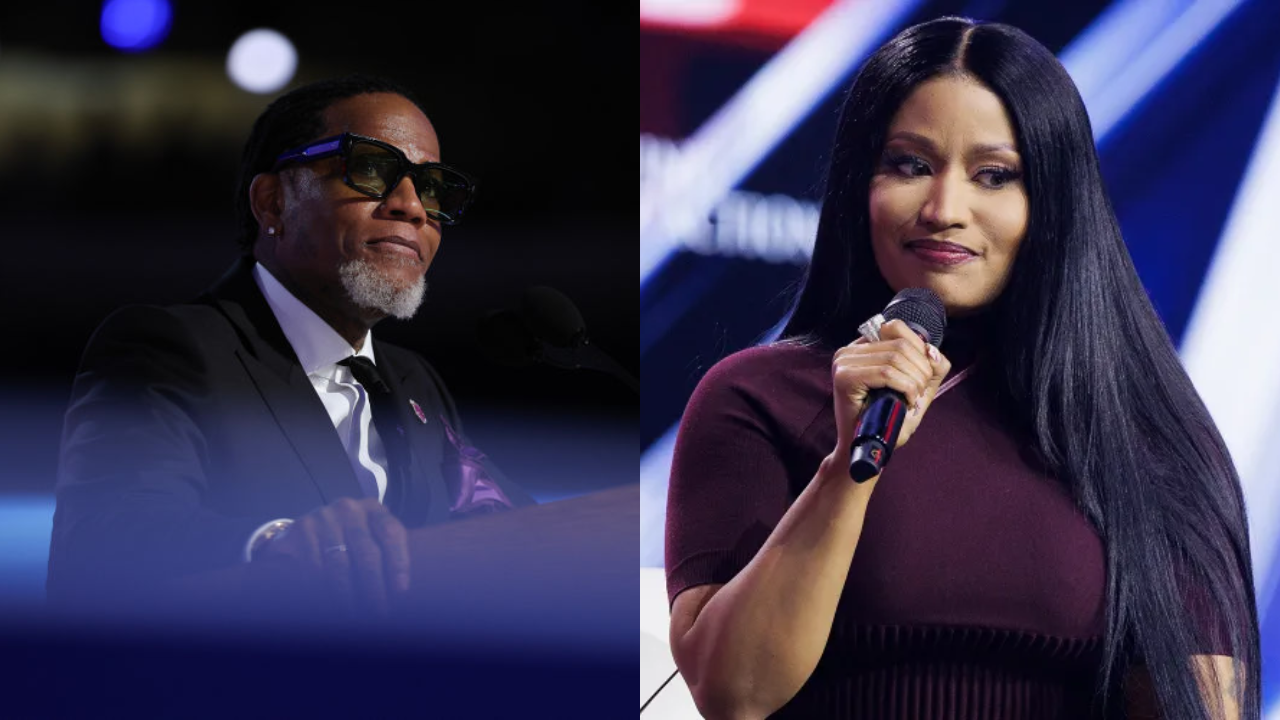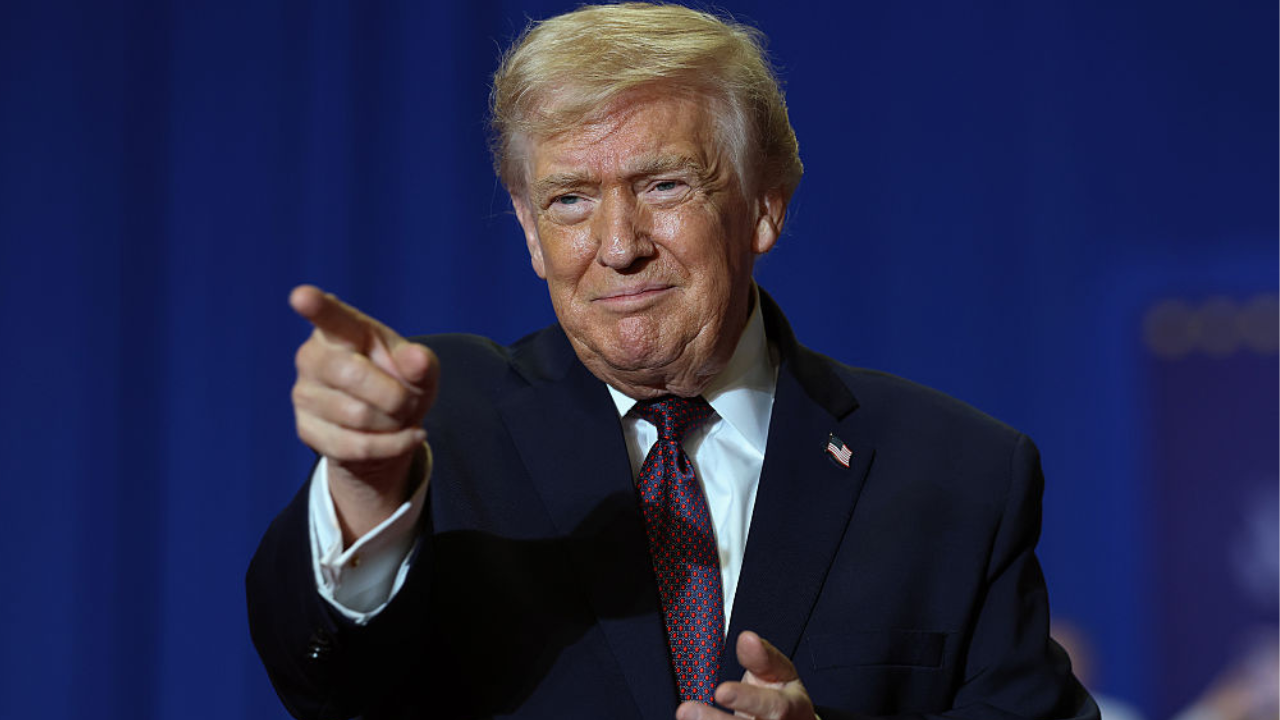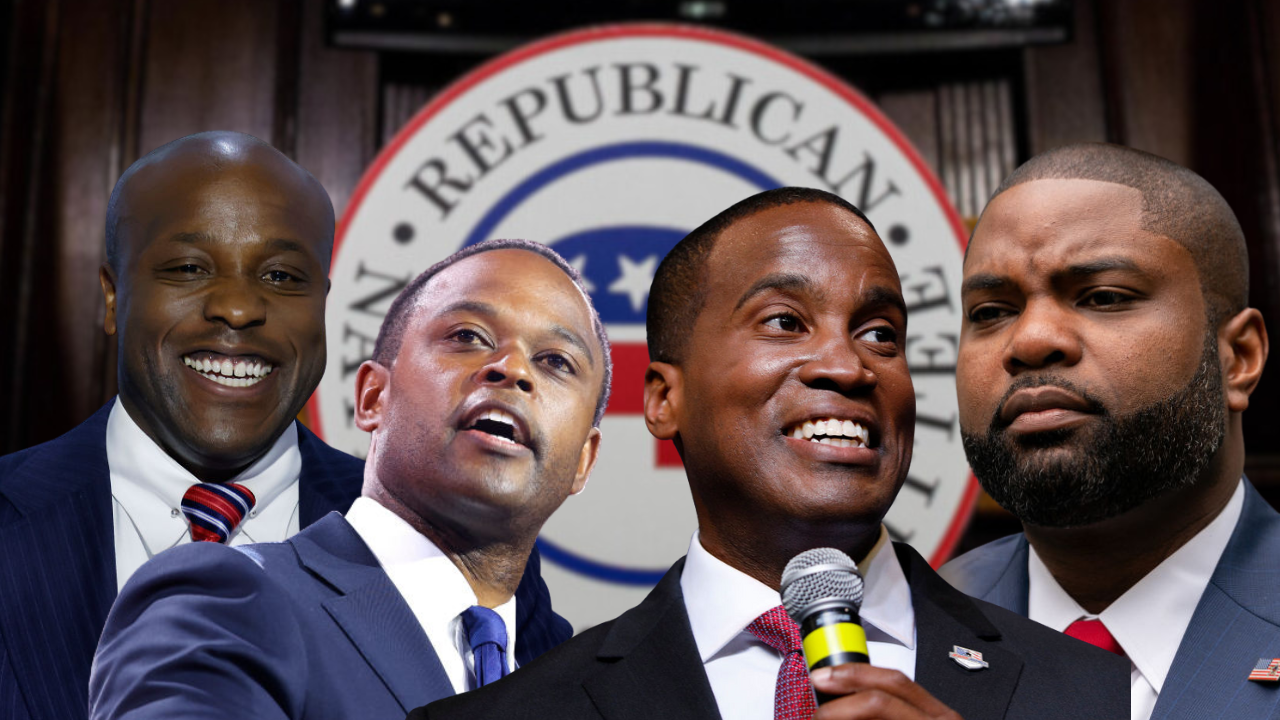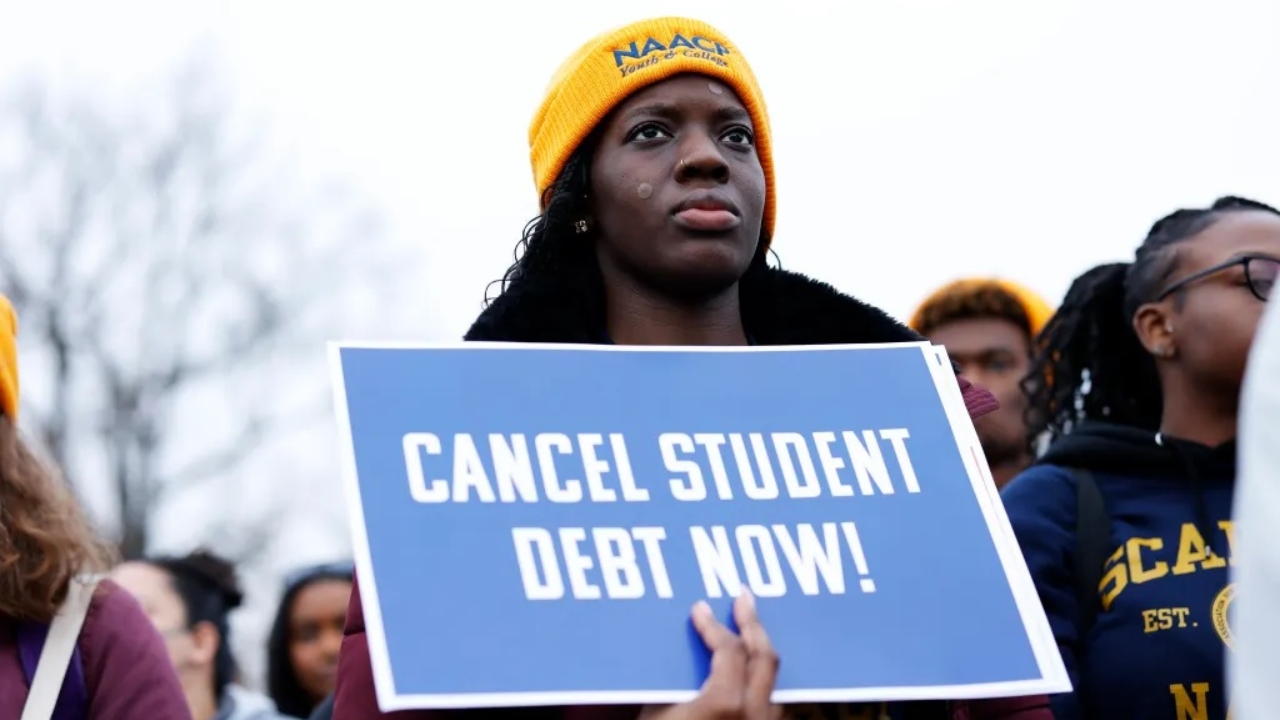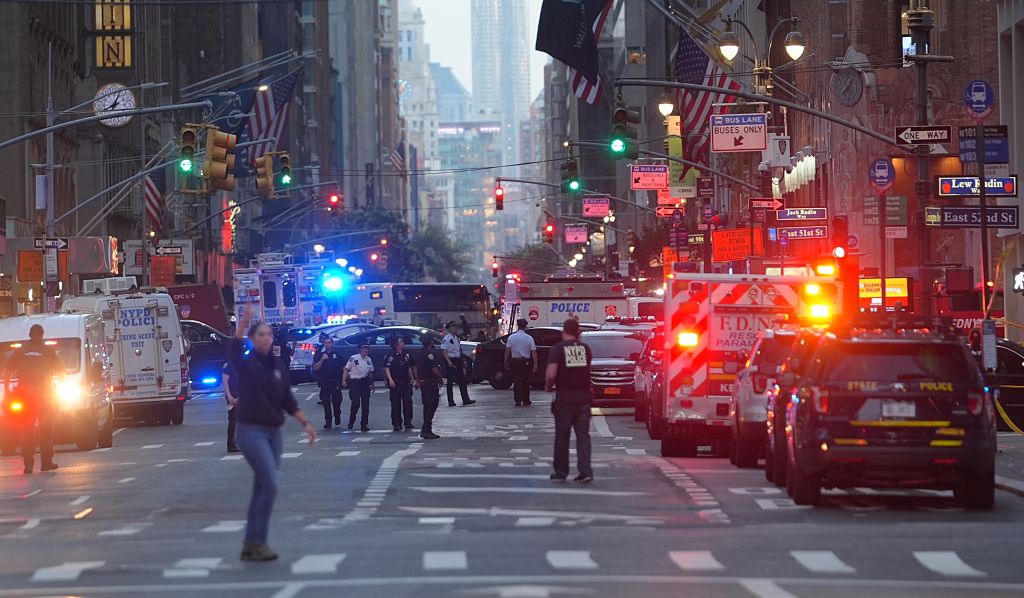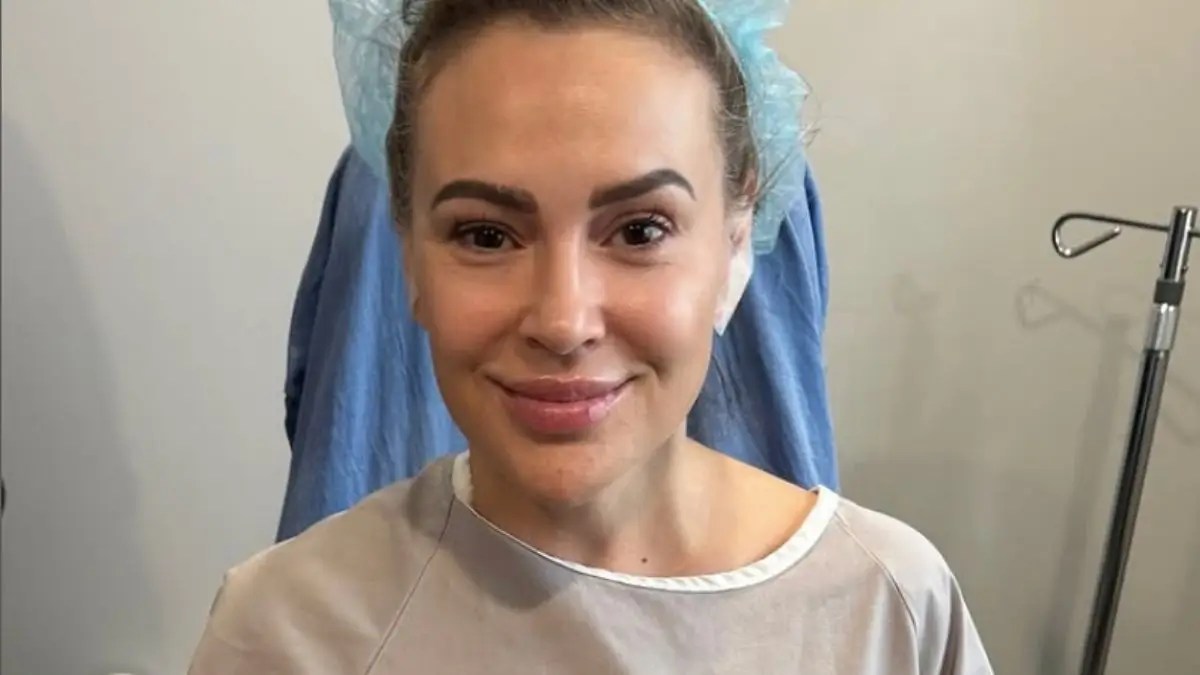Spike Lee explains why he shows Black and Puerto Rican unity in his films


In an interview with theGrio, the legendary filmmaker talks about his latest film with Denzel Washington, “Highest 2 Lowest,” and why he represents ties between African Americans and Puerto Ricans in his work.
If you’ve ever seen a Spike Lee Joint based in New York City, you may have noticed a signature feature—Black Americans and Puerto Ricans are always represented.
Whether it was Rosie Perez’s character in his signature 1989 film “Do The Right Thing” or his 1994 movie “Crooklyn” (the character Minnie and dialogue around how “She got Puerto Rican hair!”), or the entire Netflix “She’s Gotta Have It” episode featuring Afro-Puerto Rican heritage, bomba music, and Fat Joe—you’re bound to see a red, white, and blue flag with a single star.
But it’s in Spike’s latest film “Highest 2 Lowest,” his fifth project with Denzel Washington, whom he calls the “greatest living actor,” that features a key scene at the Puerto Rican Day parade. It’s one that truly highlights Spike’s dedication to including Puerto Ricans alongside Black Americans in his storytelling.

(Note, the terms I’m using here are imperfect since: 1) Puerto Ricans are American citizens; and 2) there are Black Puerto Ricans—100% Black, which means, technically, they are Black Americans, too. But for the purpose of this article, “Black American” refers to non-Hispanic Black people in the United States and NYC.)
As a reporter who has watched media and academic institutions frequently frame conversations as “Black vs Latino,” especially in the era of ICE raids and conversations about allyship between communities, I had to know—why does Spike Lee consistently feature Black American and Puerto Rican communities in relationship to one another in his projects?
“Here’s the thing. I grew up in Fort Greene and back then before gentrification, it was Black and Puerto Rican,” Spike told me via phone last week. “The Dominicans had not taken over yet from the Puerto Ricans,” he said with a deep chuckle, a nod to Dominicans exceeding Puerto Ricans as the largest Hispanic group since 2020.
“Just look at hip-hop, the Bronx, but we had Puerto Ricans, brothers and sisters from the Caribbean and African-Americans. So that’s just the—that’s the love you had here in New York City, you know?”
The same went for love (as the daughter of an African American father and Puerto Rican mother, I can confirm).
“Black people and Puerto Rican intermarried, man,” Spike Lee recalled. “It’s like, it was all love.”
Historical records back up Spike’s recollection.
According to Sonia Song-Ha Lee, Black Americans and Puerto Ricans frequently collaborated in the 1960s across New York City to advocate for better public schooling and other civil rights issues. Groups like the Black Panthers found partners in the radical militant group The Young Lords, which ironically, also had non-Hispanic, African American members, like Denise Oliver-Velez.

Of course, that doesn’t mean the communities’ relationship was all flowers and roses.
Song-Ha Lee documents in her book Building a Latino Civil Rights Movement: Puerto Ricans, African Americans, and the Pursuit of Racial Justice in New York City that for Puerto Ricans who could “pass” into whiteness or who aspired to privileges associated with white caste systems, distancing themselves from Black Americans was a real strategy that strained their alliances.
Despite hip hop’s insistence on a “Butter pecan Puerto Rican,” Puerto Rican was never a “race” but rather a national identity. It’s one that reflected the history of an island which also had slavery of Africans, childbearing via rape and exploitation, and battles against colonial powers. Puerto Ricans are diverse and have our own battles with racism and colorism that have manifested in the past and present.
Spike Lee (no relation to Song-Ha Lee), nodded to the tensions that can exist between Black people and Latino communities based on geographical differences.
“I’ve never lived in L.A., but. I know for sure what we have here in New York ain’t what they have in L.A.,” Lee told me, referring to population numbers which tend to trend toward Mexican and Black as two demographics positioned to compete for political and material resources.
While Mexican and Black relations can’t be generalized and also have complexities (the existence of Afro-Mexicans is frequently overlooked; Black-Mexican alliances strengthened or strained depending on the circumstance), the larger point is Hispanic and Latino communities are diverse.
The “Hispanic” umbrella encompasses 20+ countries (“Latin” is broader and includes 33 countries), each with its own unique history and culture. Latin countries with high Black populations like Colombia, Panama and Brazil, don’t often show up in mainstream media as “Latino,” but they are.
“Anthony Ramos was playing Mars!” Spike Lee said with a chuckle, noting that the Puerto Rican actor played a role once played by Lee himself, in the 2017 Netflix-series revisitation of Lee’s 1986 film “She’s Gotta Have It.”
“In the film, Mars is African-American and in the TV show (which should’ve lasted more than two seasons on Netflix), Mars is Boricua,” Spike exclaims. “There was no big beef about it. It was understood. No one ever asked me ‘How come you made—how come Mookie’s Puerto Rican in a TV series?’ Never happened.”

Perhaps in a perfectly timed nod from the universe, one of Spike Lee’s other intentional casting decisions is set to live on in film history for eternity.
In “Highest 2 Lowest” the Puerto Rican Day parade scene heavily features the musical icon Eddie Palmieri and his band playing an uptempo salsa track while Denzel Washington zips through the streets of uptown New York.
Palmieri died one day after I screened the film in NYC.
“To have the great Eddie Palmieri and the Salsa Orchestra bless us and then he’s no longer with us. I mean, that’s… whew. Big blow.”
Thanks to Spike Lee’s intentional storytelling, the blend of salsa beats, driven by African drum patterns, decorated with the twirling colorful skirts of Afro-Puerto Rican dancers in all skin shades of brown will be a memory etched in the minds and ears of “Highest 2 Lowest” viewers.
At a time when various racial and ethnic groups are evaluating what allyship means and how to navigate a period of aggressive white nationalism in the United States, art and media will certainly have a role to play in helping us reimagine our past and future—and tell stories that help us see each other more clearly.

Natasha S. Alford is the Senior Vice President of TheGrio. A recognized journalist, filmmaker and TV personality, Alford is also author of the award-winning book, “American Negra.” (HarperCollins, 2024) Follow her on Twitter and Instagram at @natashasalford.
What's Your Reaction?
 Like
0
Like
0
 Dislike
0
Dislike
0
 Love
0
Love
0
 Funny
0
Funny
0
 Angry
0
Angry
0
 Sad
0
Sad
0
 Wow
0
Wow
0




